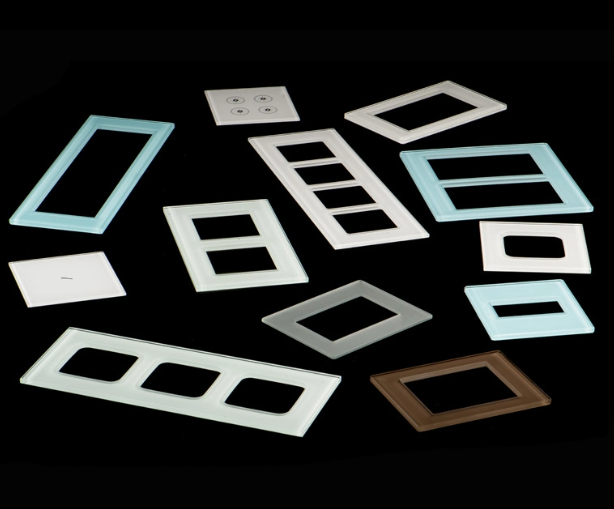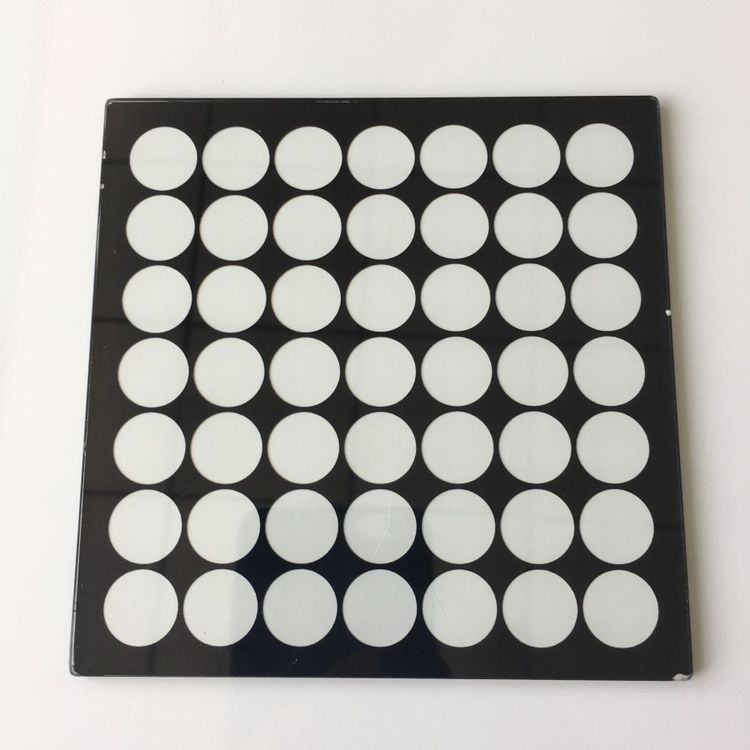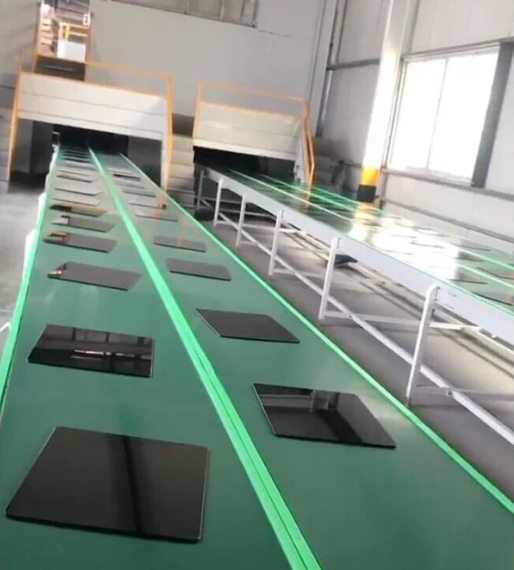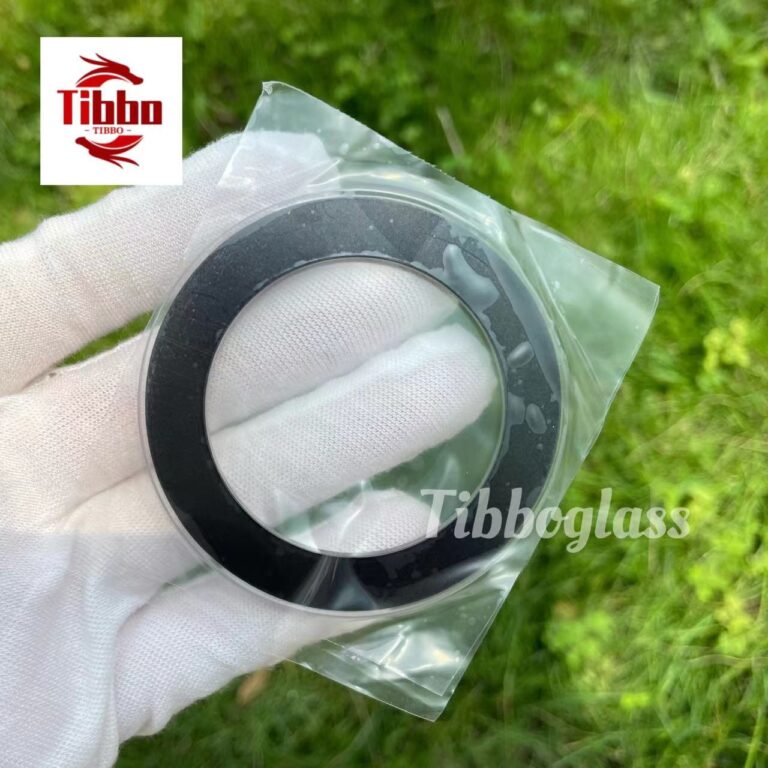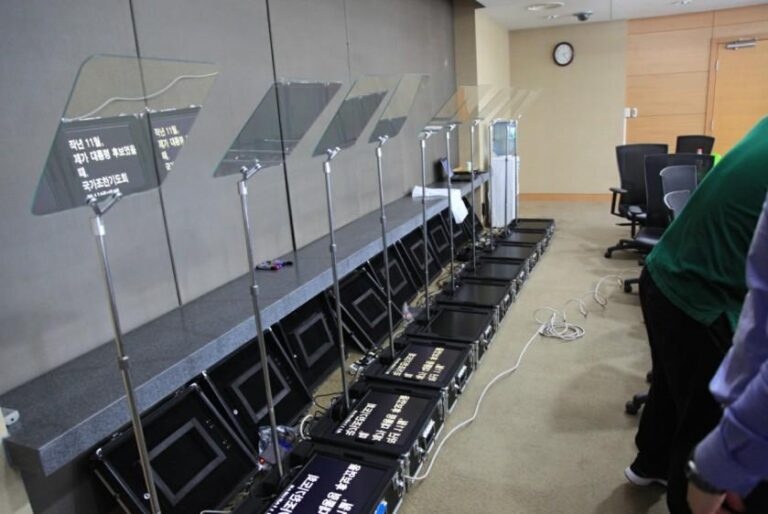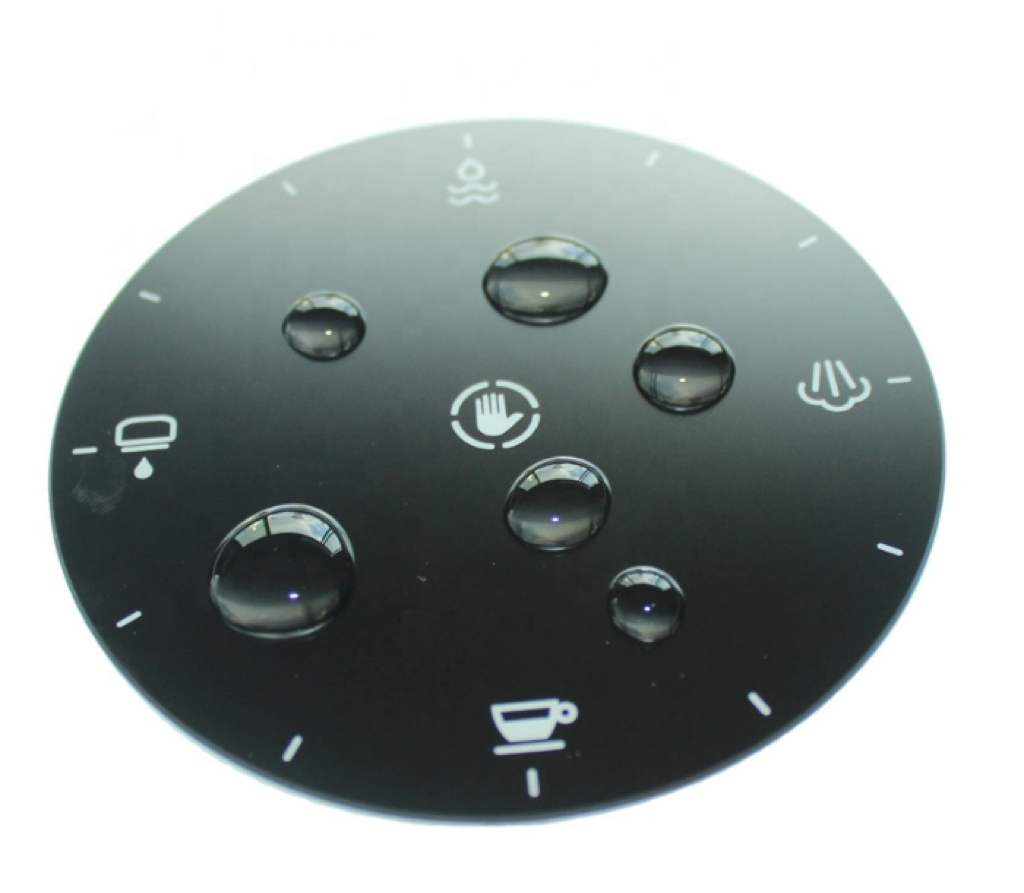
Anti-fingerprint technology refers to surface treatments or coatings designed to resist the oils and moisture from our skin that leave visible fingerprints on surfaces such as glass, metal, and plastic. Commonly used on touchscreens and various personal devices, this technology helps maintain a clean and clear appearance while reducing the need for frequent cleaning.
How Anti-Fingerprint Technology Works
- Oleophobic Coatings: These are coatings that repel oil. Smartphones and tablets often use oleophobic coatings on their screens. The term ‘oleophobic’ literally means ‘fear of oil’. These coatings are made up of molecular chains that resist oil and grease, making it harder for skin oils to stick to the screen surface.
- Hydrophobic Coatings: Similar to oleophobic coatings, hydrophobic coatings repel water. While they are not specifically designed to prevent fingerprints, which are mainly composed of oils, hydrophobic coatings can help reduce smudges by repelling moisture from fingertips.
- Nanocoatings: Nanotechnology is used to create a thin, invisible layer that provides a repellant surface. These nanocoatings can be both oleophobic and hydrophobic, providing a dual-action resistance against fingerprints and water.
- Textured Surfaces: On a more physical level, some materials are treated or manufactured with textures that make fingerprints less visible. The texture can scatter light and hide the marks rather than allowing them to be readily visible.
Benefits of Anti-Fingerprint Technology
- Aesthetics: Devices look cleaner and more professional without the smudges and streaks caused by fingerprints.
- Visibility: Clear, fingerprint-free screens improve visibility, particularly on mobile devices and monitors where clarity is essential.
- Hygiene: Reducing the occurrence of fingerprints can also lead to fewer germs on surfaces, as the coating can make it easier to clean and disinfect the device.
- Durability: Anti-fingerprint coatings can protect the surface from scratches and wear that may occur during cleaning, as there is less need for abrasive wiping.
- Usability: Devices with anti-fingerprint coatings are often more pleasant to use, as the smooth surface provides a better touch experience.
- Maintenance: Less time and effort are required to keep the surfaces clean, which can be particularly advantageous in high-use environments like public information kiosks.
In summary, anti-fingerprint technology is a valuable feature that not only keeps our devices looking pristine but also enhances their functionality and longevity. As technology advances, we can expect these coatings to become even more effective and widespread across a variety of applications.

